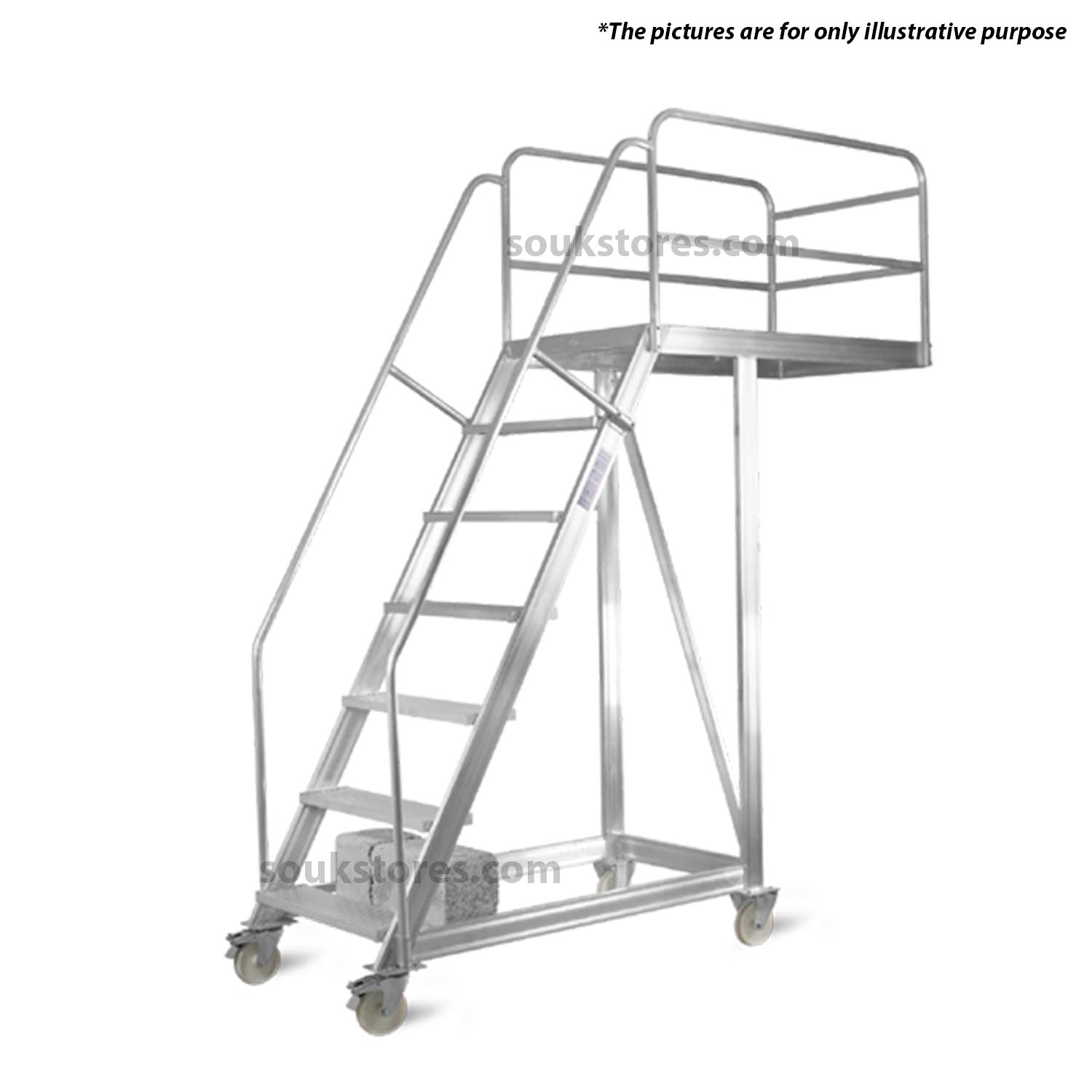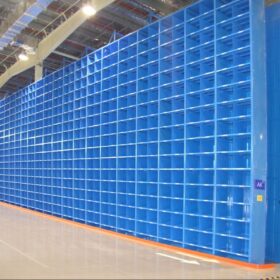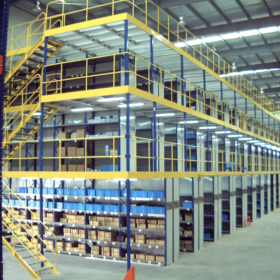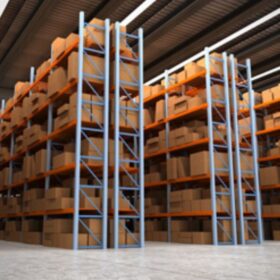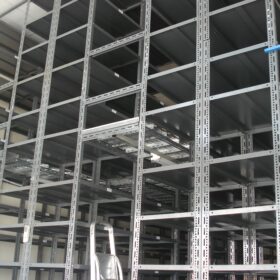Racking and Shelving Systems for warehouse storage
Racking and shelving systems are storage solutions that are commonly used in warehouses, retail stores, and other commercial or industrial spaces. These systems provide a way to organize and store items in a way that maximizes space utilization and facilitates easy access to stored items.
Racking systems typically consist of upright frames and horizontal beams that are assembled to create a series of shelves or levels. The shelves can be made of various materials such as wood, metal, or plastic and can be adjusted to different heights depending on the size of the items being stored. Racking systems can also be designed to accommodate specific types of items, such as pallets or long items like pipes or lumber.
Shelving systems, on the other hand, are typically comprised of a series of individual shelves that are supported by vertical posts or brackets. They can be used for a variety of storage purposes, including storing books, files, tools, and other items.
Both racking and shelving systems come in a variety of sizes, styles, and materials to suit different storage needs. They can be customized to fit the specific dimensions of a space and can be designed to be freestanding or attached to a wall or other structure. Proper installation and maintenance of these systems are essential to ensure safety and maximize their longevity.
Racking and shelving systems for industrial storage are specifically designed to meet the heavy-duty demands of industrial environments. These systems are used to store large quantities of heavy items such as machinery, raw materials, and finished products.
Here are some common types of racking and shelving systems used for industrial storage:
- Pallet racking: Pallet racking systems are designed to store goods on pallets. These systems can be either single or double-sided and can be configured in various ways to accommodate different pallet sizes and weight capacities.
- Cantilever racking: Cantilever racking is ideal for storing long and bulky items such as pipes, lumber, and metal sheets. The system consists of horizontal arms that extend out from vertical columns, providing unobstructed access to the stored items.
- Mezzanine racking: Mezzanine racking systems provide additional storage space by utilizing the vertical space above an existing workspace. These systems can be designed to include stairs, lifts, and conveyors to facilitate the movement of goods between different levels.
- Mobile racking: Mobile racking systems are designed to maximize storage capacity by compacting the racking into a smaller footprint. This is achieved by mounting the racking on tracks that allow the rows to be moved back and forth, creating additional storage space.
- Heavy-duty shelving: Heavy-duty shelving systems are ideal for storing smaller items such as tools, equipment, and spare parts. These systems can be designed to include drawers, bins, and dividers to facilitate organization and accessibility.
When selecting a racking or shelving system for industrial storage, it’s important to consider factors such as weight capacity, durability, and ease of access. It’s also essential to ensure that the system complies with relevant safety regulations to minimize the risk of accidents and injuries.


